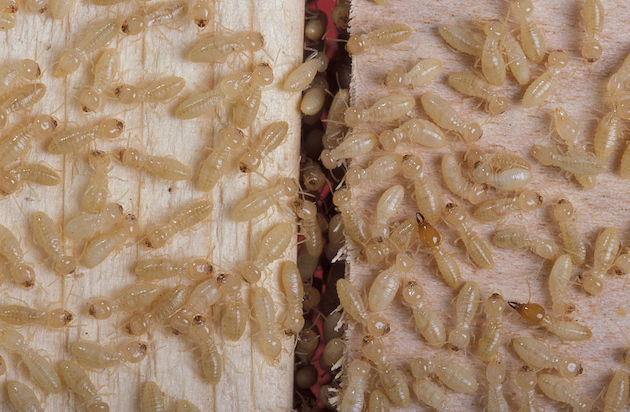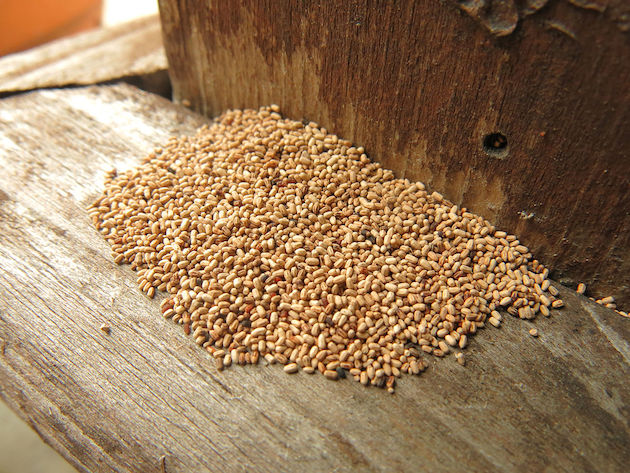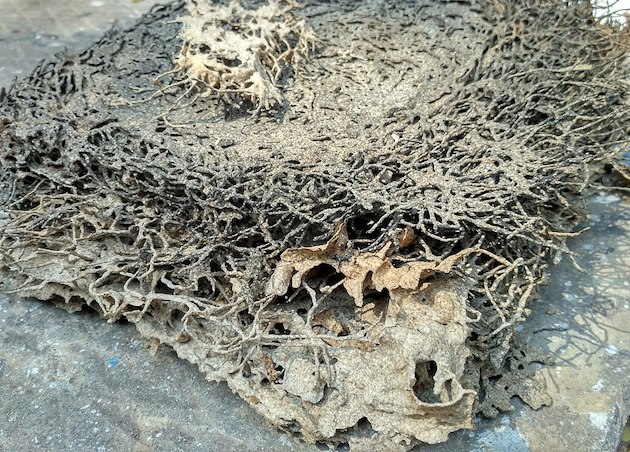We all know, even if we don’t understand the specifics, that a termite infestation that’s left undealt with is a bad thing for a property. With colonies that can number into the millions, they often leave a devastating path of destruction in their wake. The best form of protection against termites is prevention. However, if that’s not possible, you need to know what you are looking for. That means identifying the signals and signs you have termites and not another insect. In the following post, we will look at this in greater detail.
We will not only discuss the signs and signals that indicate you’ve got a termite problem. We will also provide tips for how you can get rid of these industrious and destructive creatures.
Know Your Enemy
When trying to put a stop to an infestation, it helps to know what you are dealing with. Do you know the difference between termites and ordinary ants?

There are a lot of people who mistake one for the other. Termites are often referred to as ‘white ants’. They are not ants, though. They actually have more in common with cockroaches. Still, they look like small white ants.
You should definitely get into action if you spot any of these ‘white ants‘ roaming around your property. However, it might not always be that easy. This is because many people only notice termites once they’ve started to cause damage to a property.
Although hard, it’s not impossible to spot them before things get drastic. There are several signs you have termites it’s important you familiarise yourself with. These include…
Typical Signs You Have Termites
The most common tell-tale sign of many pests is droppings. This is no different with termites.

Once they’ve consumed the wood they are eating, they emit grainy, brown-coloured lumps of faeces. You will normally find these close to wood that’s been infested.
Mud Tubes Inside The Wall
Termites often build themselves tubes for sheltering made from debris, dirt and mud. This allows them to move safely to their source of food, and elsewhere, stealthily. The tubes are normally a similar size to a small coin. They will be seen close to the termites’ entry points.
Windows Hard to Open/ Tight Doors
When termites eat timber, the mud and excrement they produce causes moisture, and with it a heat trap. As a result, the timber swells. This creates jamming when windows and doors are infected by a termite infestation.
Timber That Sounds Hollow or Papery
This is another of the main signs you have termites. When termites are consuming wood, they normally work from the interior outwards.

This leaves a very thin layer of paint or timber on the outside. Tapping on infested wood, will sound papery or hollow because much of it is missing.
Dead Wings or Termite Swarming Sightings
Alates – or winged termites – are one of the first signs most homeowners will spot if they’ve got a termite problem. This, and dry wings that have collected around floors and windowsills. These detached wings are a sure-fire sign there are termites nearby.
Solutions to Termites
Prevention and protection against termites is the most favourable. This means making the environment around your home as unwelcoming for these creatures as possible.

However, if you have an already established termite infestation, there are two methods that are normally used to treat them. These usually involve bait and/ or liquids.
The bait approach
This method involves placing termite food near the infected environment. The bait consists of cardboard or paper that’s been soaked in a poisonous formula that will kill the insects. Although it’s slow acting, this makes it more effective. This is because it allows enough time to pass for numerous termites to seek out the food out and take it back to their nest. Ideally, a piece of this poisonous cardboard or paper food will find itself in front of the Queen. And once the Queen is dead, the colony will not survive.
The liquid method
The liquid approach involves the use of chemicals. These are doused around the infected area of the property. The idea is that the chemical will stop termites from re-entering if they’ve left it. And will block any insects still in the property from leaving it. This leads to them all eventually dying.
There are ways you can do it yourself, but if you are inexperienced, you may not want to waste a lot of money on methods that might prove to be ineffective. In the long run, it is better to hire a professional team who know how to deal with all kinds of pests. From London & beyond professional pest removal teams have the experience and skills to deal with a termite infestation properly. They will be able to assess whether the signs you have are signs of termites. They will also be able to suggest a suitable way of dealing with them.





